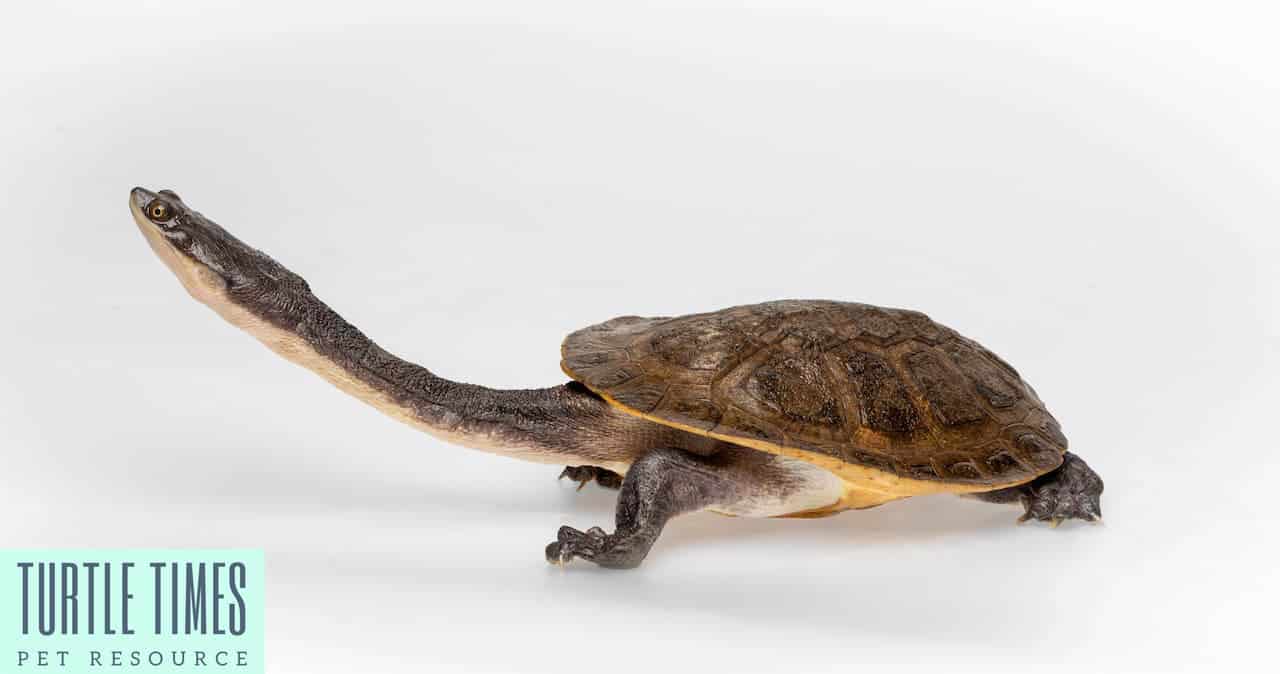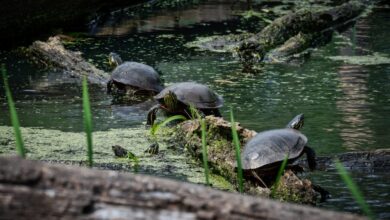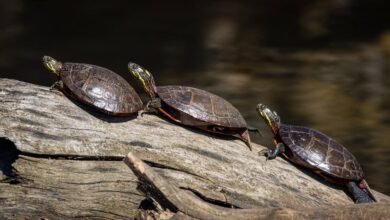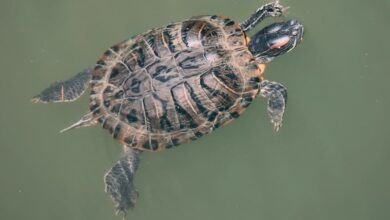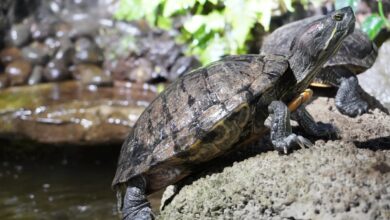Snake Neck Turtles
Snake Neck Turtle Information
The Eastern Snake-necked Turtle is an unusual-looking turtle. The turtle’s unusual appearance can be attributed to its long neck, which can reach almost 60% of the length of its shell.
Eastern snake-necked Turtles are also called the common snake necked or eastern long-necked. The eastern snake-necked tortoise, like all snake-necked species, has a long and winding neck.
The IUCN Red List of Endangered Species lists the Eastern Snake-necked Turtle as a species of low concern.
How easy are the Snake Neck Turtle to take care of?
The chelonian is a good pet, but it’s not easy to care for. If you do not live in eastern Australia, where this species is found, it can be hard to find one. You can also find other snake-necked chelonians, such as Asian species in the genus Chelodina.
How big do Snake Neck Turtle grow?
Macrochelodina expansa can get around 16″ scl, all the way down to Chelodina reimanni at about 6″ scl
Do Snake Neck Turtle make good pets?
They are not a beginner turtle, although not as hard to care for they require a very large tank for accommodation throughout their lives especially if you end up with a female some of them depending again on which on you mean can be smaller but others like mine grow more excessively in size. I think they make wonderful pets but cannot be handled the way say a cooter turtle or a tortoise they can be quite aggressive and like to bite. Again depending on the one you want to get more specific information on their adult growth can be relayed.
How often do the Snake Neck Turtle eat?
Diet consists of the eat various live/frozen/freeze dried insects, worms, feeder fish, pinkies, cray, krill, squid, mussels, clams, shrimp, mine won’t eat any commercial pellets at all every once in a great big while I’ll sneak them in and she’ll eat 1-2 but rarely on occasion she will take algae, fish, CAE wafers that sink, but she prefers her meatier entrees and boy can she eat with gusto and mess making.
Eastern long-necked Turtles are opportunistic eaters and can be found living in many aquatic habitats, except for seawater. This turtle is a member of the Pleurodira suborder, also known as side-necked Turtles.
Where Are The Snake Neck Turtle Found?
The species is found along all the coastal and inland waters of eastern Australia, from the Wilton River up to the Murray River. They also occur on the southern border of New South Wales.
IUCN Red List of Endangered Species lists the Eastern Snake-necked Turtle as a species of low concern. Wild populations of this species are believed to be in good health, and are abundant and widespread in their native habitats.
Snake Neck Turtle Habitat
You can find these semi-aquatic Turtles in swamps and wetlands. They also live along rivers, streams, and tributaries. They prefer water that is slow moving.
Except for when they are basking, they prefer to remain at the bottom. When the water level in their habitat drops, they will leave or estivate.
Estivation is the process of burrowing in fallen leaves on the forest floor, near shrubs and trees.
Interesting Snake Neck Turtle Facts
The Chelodina Longicollis also has musk glands. This allows the species to’musk up’ their immediate environment when threatened. This fluid is foul-smelling. This chelonian has also been called the “stinker” for this reason.

